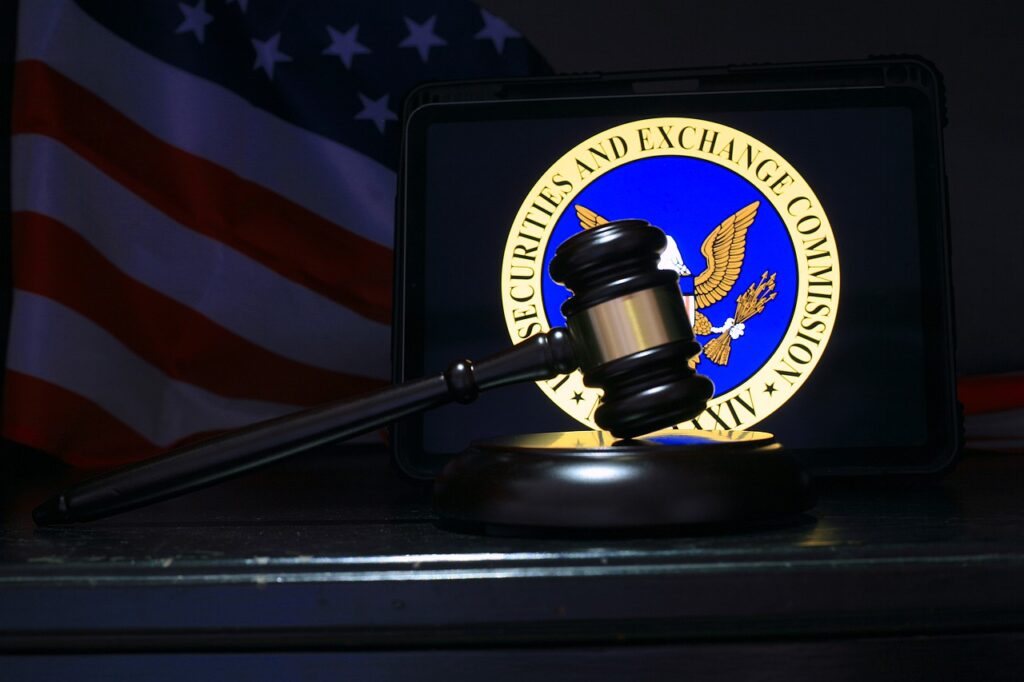By Ben Woessner
The last few decades have seen significant debate surrounding the generous compensation of the top executives of publicly-held corporations. While some view the current system of pay as functional and driven by market forces like scarce executive talent,[1] many watch the upward trajectory of an increasingly disproportionate gap between executive pay and the average American’s salary with equally growing dismay.[2]
Some commentators point to the fact that executive compensation packages have increasingly utilized stock-based compensation to account for the trending upward spiral of executive pay, which may pose a threat to a company by potentially misaligning the interests of its directors with those of its shareholders.[3] For example, while stock-based compensation attempts to award executives based on stock performance, thereby motivating higher returns to shareholders, it can also incentivize hedging transactions that permit directors to shield themselves from stock declines while still benefiting from compensation.[4]
In response to concerns regarding corporate transparency in the wake of the Financial Crisis of 2008, Congress instituted disclosure reforms through the Dodd-Frank Act of 2010, which, among other measures, included provisions for “clawback” recovery of incentive-based pay awarded on the basis of erroneous accounting reports.[5] The implementation of a provision of the Act requiring a clawback of executive pay based on inaccurate reports regardless of whether the errors are “due to fraud, error, or any other factor” was delayed until recently.[6]
On Wednesday, October 26, the Securities and Exchange Commission (“SEC”) voted 3-2 in favor of a provision of the Dodd-Frank Act requiring publicly held companies to implement clawback policies to recover erroneously awarded incentive-based compensation paid to directors, even where the director had no responsibility over the inaccurate accounting statement.[7] The new rule will require exchanges to “prohibit the listing of issuers that do not develop and implement policies to recover erroneously awarded incentive-based compensation.”[8] These policies will be triggered whenever companies are forced to issue financial restatements for later-discovered accounting errors and will apply to compensation awarded up to three years from the policy’s implementation.[9]
The SEC intends the rule to “return erroneously awarded compensation to the issuer and its shareholders.”[10] In so doing, the Commission hopes to realign the interests of executives and shareholders by increasing corporate accountability regarding the distorted incentives potentially created by stock-related forms of incentive-based compensation.[11]
However, the clawback rule may suffer from overbroad definitions that potentially undercut its goals to align executive and shareholder interest. The first of these definitions concerns what qualifies as an accounting restatement that would trigger a recovery of incentive-based compensation. Under the original proposal of the rule, only “Big R” restatements, or those that are “material to previously issued financial statements,” would trigger a clawback.[12] However, the newly adopted rule also requires recovery of pay after so-called “little r” restatements—those that correct nonmaterial errors that could constitute material errors if left unreported.[13]
While the SEC hopes that including both material and immaterial restatements will incentivize executives to assert more control over accounting, thereby reducing instances of accounting error and allowing shareholders to put greater trust in the financial reporting of a company,[14] the rule contains another expansive definition that potentially undermines this goal. The rule’s definition of “executive officer” not only includes the President, CFO, and principal accounting officer, but also “any other officer who performs a policymaking function.”[15] As a result, even individuals who may have no actual control over the company’s compliance with accounting rules, and therefore no practical way to ensure greater accountability, are at risk of a compensation clawback.[16]
Furthermore, the clawback rule includes an expansive definition of what qualifies as incentive-based compensation that is subject to recovery if a company issues a financial restatement, including “any compensation that is granted, earned, or vested based wholly or in part upon the attainment of any financial reporting measure.”[17] Therefore, at-risk compensation could include not only bonuses and equity-based compensation, but also nonqualified deferred compensation and long-term incentive compensation, so long as it is granted at least in part on the attainment of a financial reporting measure.[18]
Accordingly, critics of the rule argue that companies are likely to significantly decrease the amount of at-risk incentive compensation offered to executives, who will instead elect for a compensation restructuring to retain executive talent with higher salaries or increased discretionary bonuses unrelated to performance goals.[19] Such restructuring would tend to go against the very heart of the clawback rule’s purpose—while clawbacks hope to align executive and shareholder interests through increased accountability, a shift away from performance-based compensation altogether may untie executive incentives from stock performance to the shareholder’s detriment.
When the rule goes into effect in about one year, the increasing trend toward shareholder activism may serve to keep potentially detrimental compensation restructuring in check.[20] In fact, at least one study has shown that clawback policies required by the new rule are popular with shareholders as demonstrated by positive stock returns for companies following the initial 2015 announcement of the newly adopted clawback rule.[21] Nevertheless, in addition to being “burdensome to administer,” the rule may increase the divide between executive and shareholder interests as a result of its sweeping definitions, raising doubts as to whether its proposed benefit will outweigh its costs.[22]
[1] See generally Randall S. Thomas, Explaining the International CEO Pay Gap: Board Capture or Market Driven?, 57 Vand. L. Rev. 1171 (2004).
[2] Josh Bivens & Jori Kandra, Economic Policy Institute, CEO Pay Has Skyrocketed 1,460% Since 1978 (2022), https://www.epi.org/publication/ceo-pay-in-2021/.
[3] Luis A. Aguilar, Aligning the Interests of Company Executives and Directors with Shareholders, Harv. L. Sch. F. on Corp. Governance (Feb. 16, 2015), https://corpgov.law.harvard.edu/2015/02/16/aligning-the-interests-of-company-executives-and-directors-with-shareholders/.
[4] Id.
[5] Gary Gensler, Statement by Chair Gensler on Final Rules Regarding Clawbacks of Erroneously Awarded Compensation, Harv. L. Sch. F. on Corp. Governance (Oct. 30, 2022), https://corpgov.law.harvard.edu/2022/10/30/statement-by-chair-gensler-on-final-rules-regarding-clawbacks-of-erroneously-awarded-compensation/.
[6] Id.
[7] Paul Kiernan, Accounting Errors to Cost Executives Their Bonuses Under SEC Rule, Wall St. J. (Oct. 26, 2022), https://www.wsj.com/articles/sec-to-vote-on-rule-to-claw-back-executive-pay-11666792822.
[8] Sec. & Exch. Comm’n, Listing Standards for Recovery of Erroneously Awarded Compensation 125 (2022), https://www.sec.gov/rules/final/2022/33-11126.pdf.
[9] Id. at 86.
[10] Id. at 80.
[11] Id.
[12] Id. at 28.
[13] Meredith O’Leary et al., What SEC Bonus Clawback Rule Means For Public Cos., Law360 (Nov. 1, 2022, 4:52 PM), https://plus.lexis.com/newsstand#/law360/article/1545558?crid=719884c7-8ae5-4c53-95a7-cbe621d17e6d.
[14] Id.
[15] Id.
[16] O’Leary et al., supra note 13.
[17] Sec. & Exch. Comm’n, supra note 8, at 57.
[18] O’Leary et al., supra note 13.
[19] Kiernan, supra note 7.
[20] Id.
[21] Id.
[22] O’Leary et al., supra note 13.


